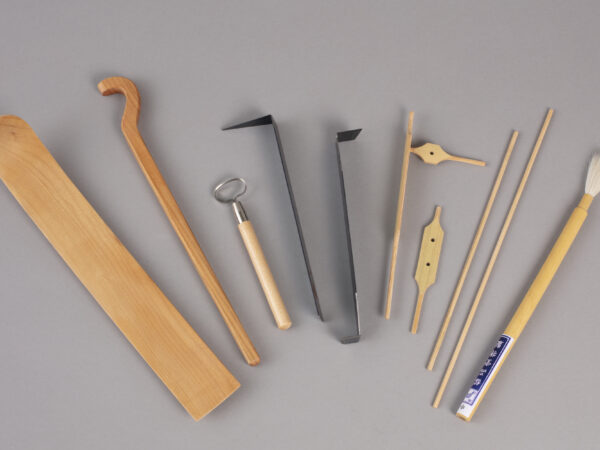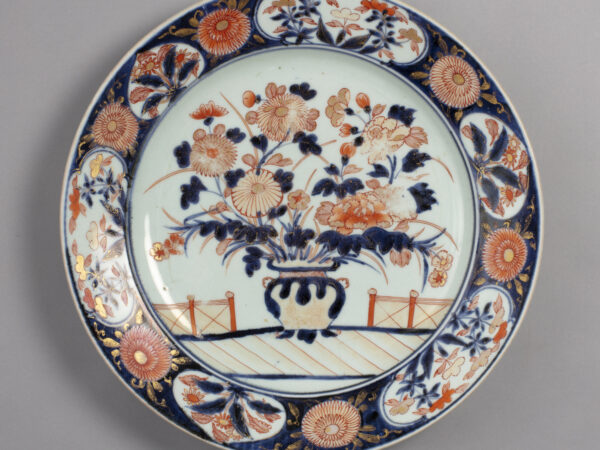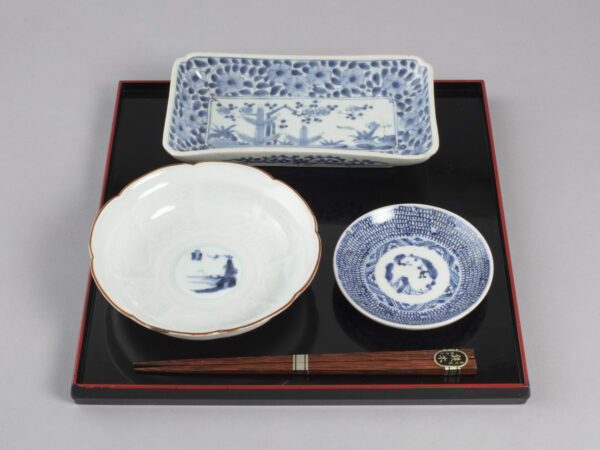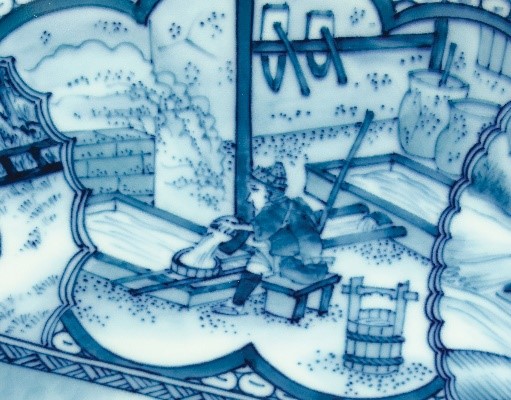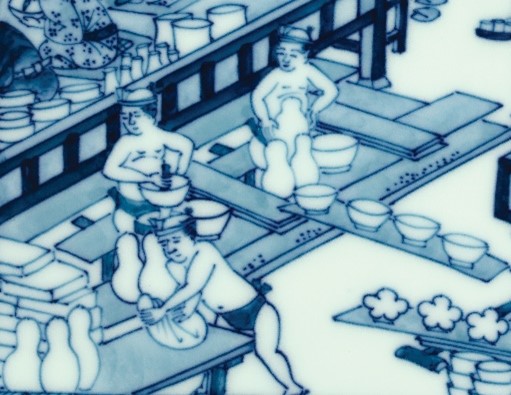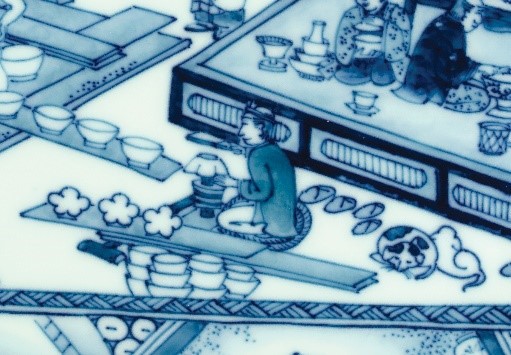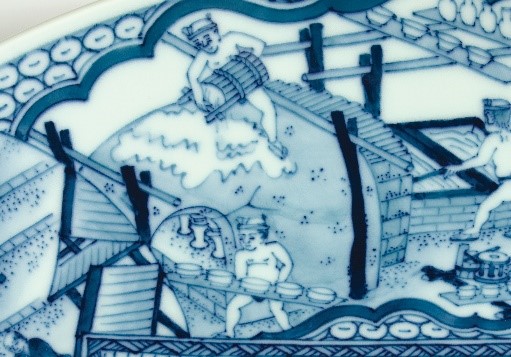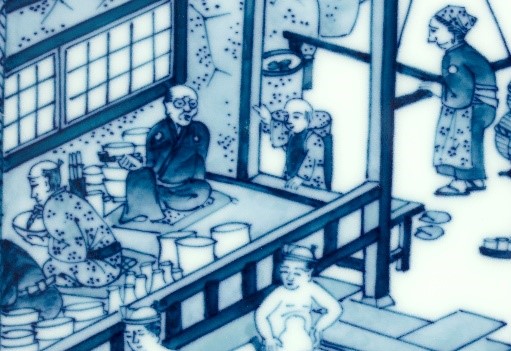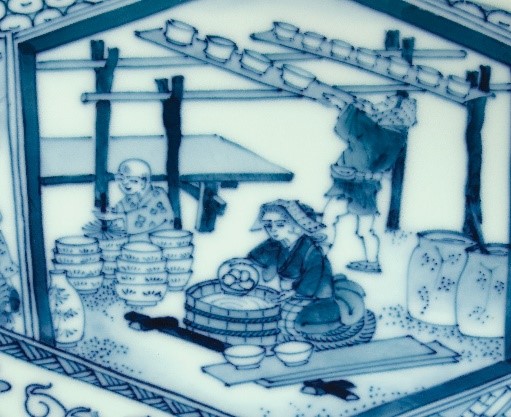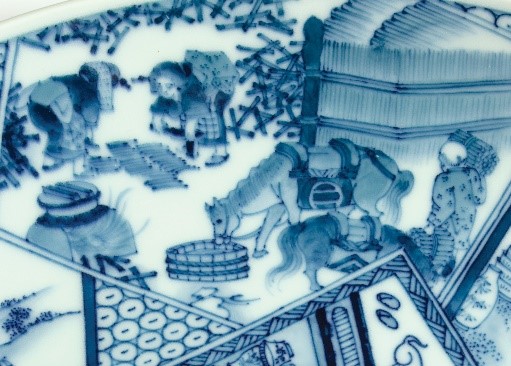Bristol Museum & Art Gallery
The Art of Japanese Porcelain
日本磁器の魅力
The story of Japanese porcelain begins in the town of Arita in Saga Prefecture, southwest Japan.
Following the failed Japanese invasions of Korea (1592-1598), lords (daimyō) and military nobles (samurai) returned with captive Korean potters. In 1616, these potters discovered porcelain stone in the hills above Arita. Their skills led to the success of Japan’s porcelain industry.
In the late 1640s, famine and civil war in China disrupted the world’s primary source of porcelain. For the next 40 years, Japan overtook China as the world’s supplier, making wares for European, North American, and Southeast Asian markets.

How was porcelain made?
磁器の製作工程
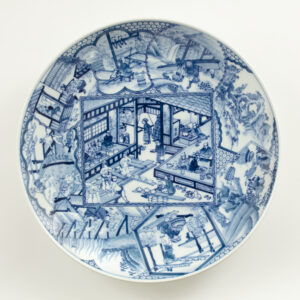 With technology from China and knowledge from captive Korean potters brought back from Japan’s failed invasions of Korea in 1592-1598, Japan developed a method of making porcelain in the 1610s.
With technology from China and knowledge from captive Korean potters brought back from Japan’s failed invasions of Korea in 1592-1598, Japan developed a method of making porcelain in the 1610s.
Because of its high value, the method of making porcelain was kept secret. The craft was divided into specialisms and was strictly regulated.
This dish shows the main porcelain workshop in the town of Arita during the Edo Period (1603-1868). It illustrates craftsmen engaged in different stages of production.
Stages of production
Mining porcelain stone
採石
Arita porcelain was made from decayed granite quarried at Izumiyama in the hills above the town. The stone is a blend of smectite, illite, kaoline, feldspars and quartz that can be powdered and mixed with water to make clay.
So much porcelain was made over 200 years that the mountain was mined to the point of disappearing.
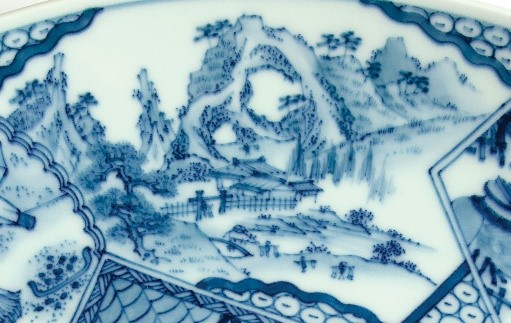
The Irene Finch Collection
フィンチ・コレクション
Most of the porcelain in this exhibition comes from the Irene Finch Collection of Japanese ceramics.
The collector, Miss Irene Finch (1918-2019), was a retired science teacher with a deep passion for Japanese porcelain. For over thirty years she researched and published on the subject.
The collection at Bristol Museums reflects Miss Finch’s interest in the Japanese ceramics made between 1720 and 1820, a time when Japan was not widely exporting porcelain. Many wares were not made for export and instead reflect the tastes of Japanese customers.
Acknowledgements
This collection was given by Irene Finch to Bristol Museums in 2012. A two-year project followed to research, catalogue, and exhibit the collection, generously funded by a large donation, as well as a grant from Bristol Museums Development Trust.
If you would be interested in learning more about how you can support our museums please get in touch with Bristol Museums Development Trust.

With grateful thanks to the Kyushu Ceramic Museum, Japan for sharing their expertise.
